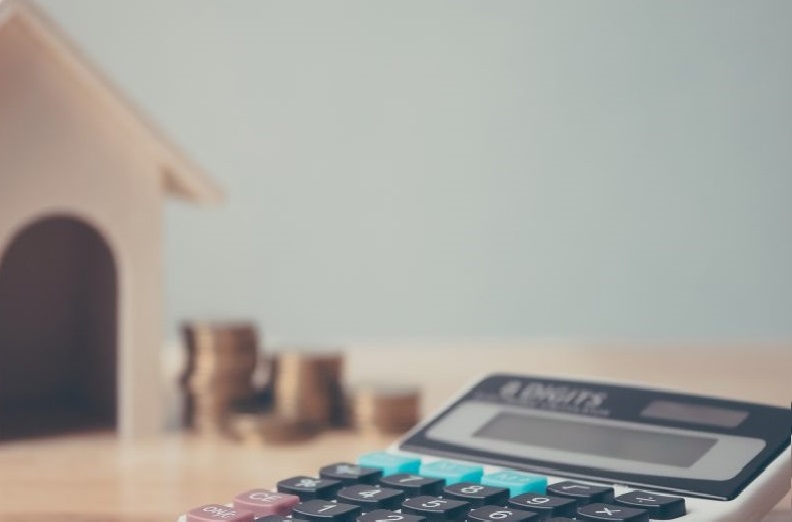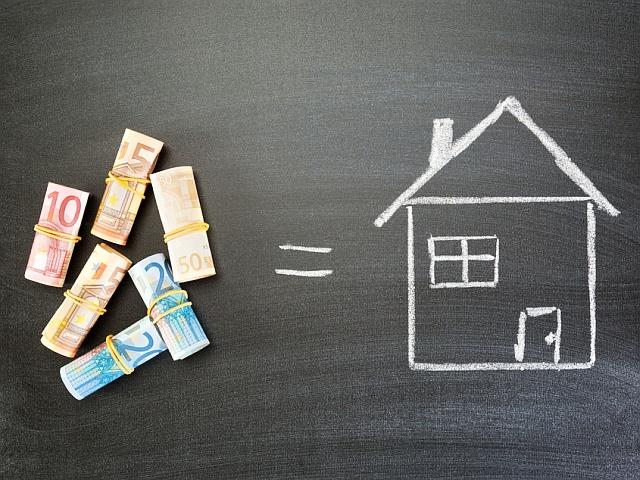
Successful property investors are good at projecting potential ROI from their investments, which includes performing a rental estimate. Naturally, you’ll need to know what kind of rent you can expect to generate from a rental unit. However, a rental estimate isn’t quite as simple as it sounds.
A rental estimate involves more than just looking at the going rate for rent in a given area. Rent Spree explains that a rental estimate considers comparing similar properties, calculating vacancy rates, how a saturated market might affect rent rates, and more. The amount of rent you charge can make a huge difference in when your property becomes truly profitable.
For example, if you charge $200 per month less than you should, that amounts to $24,000 over the course of ten years. Imagine having $24,000 left to pay on your mortgage, realizing you could have been fully paid if you had just charged that extra $200 per month. If you’re investing in property without performing a full rental estimate, here are 8 reasons you need to add rent estimates to your toolbox.
1. Rent amounts will change over time

Before buying a new investment property, you can get a good idea of what kind of rent you can expect to generate. However, that amount will change over time. Most of the time, you’ll be raising the rent, but there are circumstances that can force you to lower your rent. It’s hard to know where the market is without a strategic method.
Regardless of whether rents go up or down, having access to a tool for performing rental estimates will help you stay on top of the market. Performing periodic rent estimates means you’ll be less likely to overcharge or undercharge your tenants.
2. A rental estimate can help you project potential profits
Projecting potential profits involves a complex number of factors, but the task is made easier by performing a rental estimate. When you’re looking at properties to buy, you need to know about when you can expect to become profitable. Knowing how much rent you can or should charge for a property is an essential detail to factor into your calculations.
The amount of rent you can charge will fluctuate over time, but you can still use a rent estimate to pinpoint the approximate time you can expect to pay off the mortgage and become profitable.
3. Rent estimates take the guesswork out of pricing your properties

A rent estimate isn’t just something you perform in the beginning and then “wing it” from there as the market changes. Rent estimates should be performed on a regular basis to make sure you’re still charging a fair and profitable price for rent in your area.
Some investors are tempted to lower rents when the economy starts showing signs of trouble, but that might not be the best decision. If other property owners in the area are evicting non-paying tenants and filling vacancies quickly at full market value, you don’t want to lower your rent – you want to do what they’re doing. That brings up the next point.
4. A rental estimate can help prevent you from unnecessarily lowering rent
If you don’t need to lower the rent to match the market, don’t. A rent estimate is the best way to figure out if lowering the rent is even a potential course of action. However, more often than not, lowering the rent will not be the best option. If you’re not performing a rent estimate to find out, you might lower the rent unnecessarily.
Some new investors make the mistake of thinking lowering the rent is a good way to retain tenants. While lowering the rent can make a tenant stay longer, it’s not always necessary or desirable. For instance, tenants who are easily swayed by a drop in rent aren’t always the best tenants to start with.
5. Bad tenants are often swayed by:

- Cheap rent
- No deposit
- Low deposits
- Limited rules
- No fees
On the other hand, good tenants deserve to be rewarded, but you don’t need to lower the rent to keep them. You can still raise the rent and keep good tenants.
There are other ways to reward tenants like lease extensions and smaller rent raises than what you should be charging. At the end of the day, a good tenant who can afford the rent isn’t going to be looking for a reason to move out of your property, so lowering the rent doesn’t make sense.
6. Software creates slightly more accurate financial projections
When performing any kind of financial projection, like ROI, accuracy matters. Anytime you can improve the accuracy of your numbers even slightly, you’re better off. Performing a rental estimate with automated software helps you gain that extra level of accuracy.
Automated software can perform intricate calculations that would take forever to manually perform. Also, software can be pre-loaded with variables that apply to your specific situation, thereby increasing the accuracy even more.
7. Investing blindly isn’t profitable

Successful investors don’t buy properties blindly, hoping to turn a profit someday. Even before property investors had access to high-tech software applications, they still carefully calculated everything, including potential profits, expenses, and losses.
It’s certainly possible to buy a property without calculating the potential ROI and still turn a profit. However, there’s still a disadvantage to that. For example, if you have the opportunity to purchase 3 properties, they all might be profitable, but one could bring in $10,000 more per year than the others.
You’ll never know which property will be more profitable without crunching the numbers. With today’s available software applications to help with ROI projections, there’s no excuse for investing blindly.
8. Property investors can’t afford to skip rent estimates
Whether you’re an intentional property investor or an accidental landlord, you can’t afford to skip rent estimates. You need to know how much rent you should charge based on factors that can only be calculated by automated software.
While you can crunch the numbers manually, it’s better to use rental estimate software to get accurate projections.














